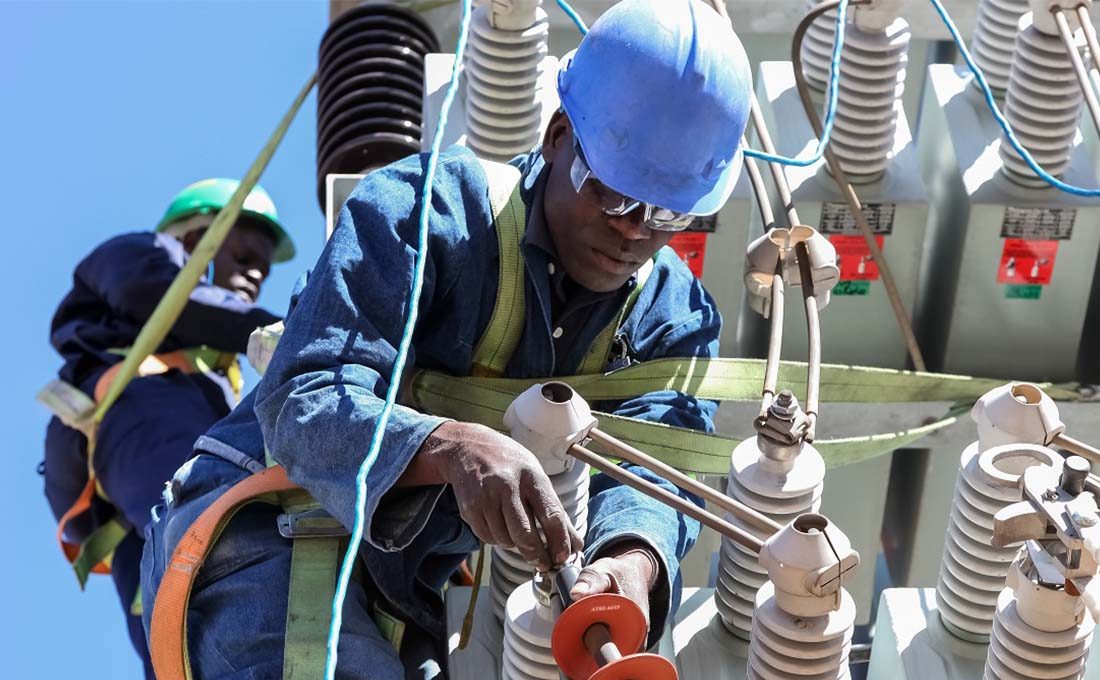Business
Kenya Power to Spend Sh10B in Network Expansion

Kenya Power plans to invest Sh10 billion in network development as it works to supply power to more homes.
KPLC said it will build substations and power lines beginning in July 2023.
Joseph Siror, the company’s managing director and CEO, said the investment is in line with the company’s plan to fortify the network in order to provide clients with a power supply that is of higher quality and reliability.
Speaking at the official launch of BasiGo’s first public electric bus charging station, Siror added that the utility expects the strategic grid investments to have enough capacity to handle the anticipated increase in energy demand brought on by new growth sectors like e-mobility and clean cooking.
“In the last two years, the country has witnessed an unprecedented interest from local and international stakeholders looking to invest and develop Kenya’s e-mobility sector,” Siror said.
“To adequately support e-mobility and other sectors of the economy, we will sustain investments to strengthen the grid and enhance network stability and flexibility for quality and reliable service,” he added.
The company claims that it has linked 9 million customers out of 2.7 million in the last ten years.
KPLC anticipates rising demand as electric vehicle adoption rises.
“Today, our grid is robust to support electric vehicle charging, with a recent study indicating that Nairobi’s current power infrastructure is strong enough to support the switch to electric for 100% of the two-wheeler vehicles in the city, and 10% for other vehicles including private and commercial fleet. We want to improve this further through strategic investments that will enhance the flexibility of the network to support this growing industry,” said Siror.
“As the demand for electric vehicles continues to grow, Kenya Power will continue to prioritise generation from renewable energy sources such as solar, hydro, wind, biomass, and geothermal as guided by the Least Cost Power Development Plan.”
Currently, the country’s installed capacity is 3,321 MW, although its peak demand is 2,132 MW.
Off-peak, when demand is lower than 1,100 MW, there is an excellent chance for high-capacity electric vehicle charging, which makes advantage of the excess power that is available.
The firm has established an e-mobility steering committee in addition to the anticipated investment in grid expansion to direct the organization toward assuring the success of the e-mobility industry.
Kenya Power successfully submitted an application to EPRA early this year for the implementation of an e-mobility tariff, and it was taken into account and authorized in March.
The first recipient of this levy is the public electric vehicle charging station operated by BasiGo.











